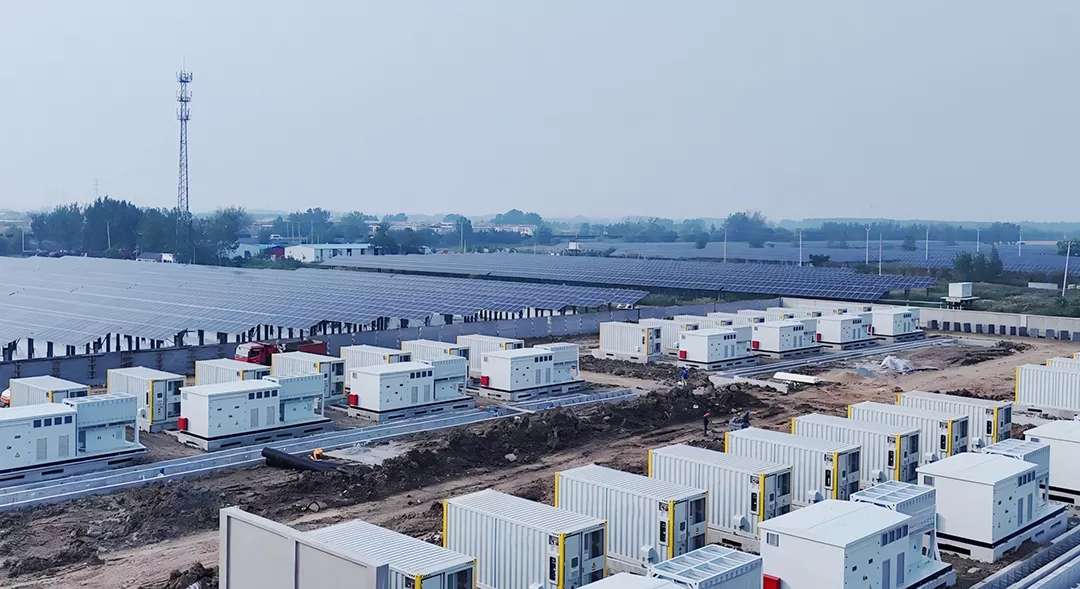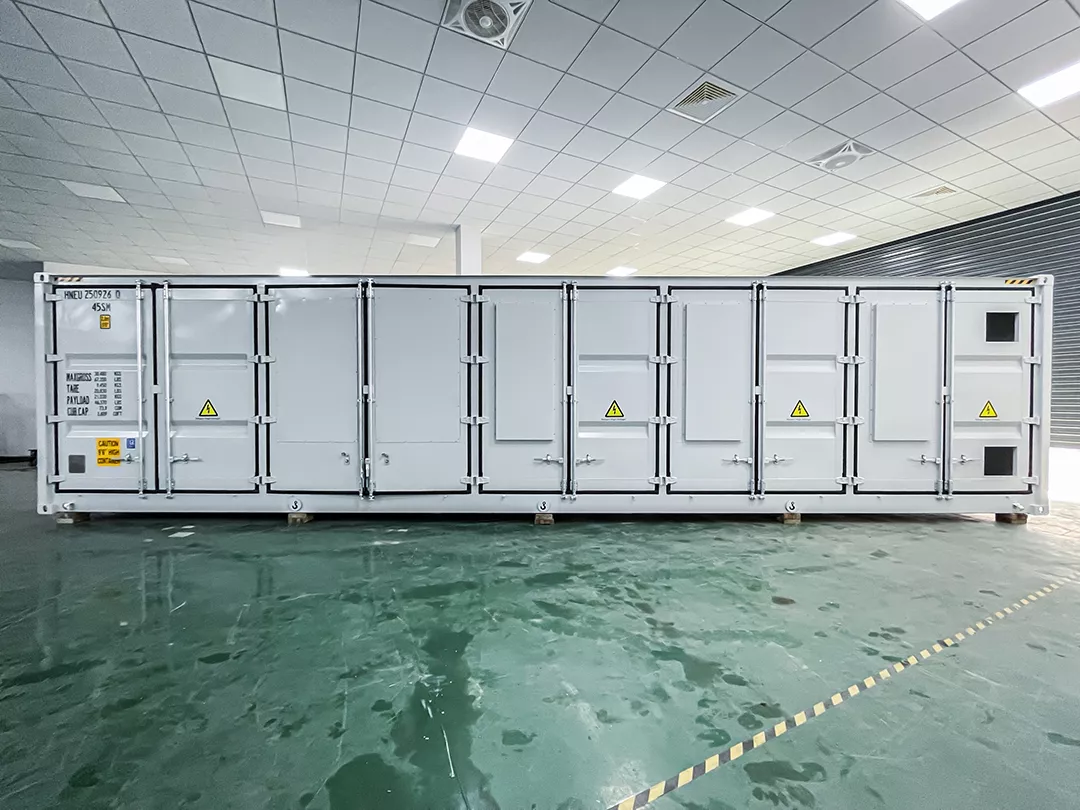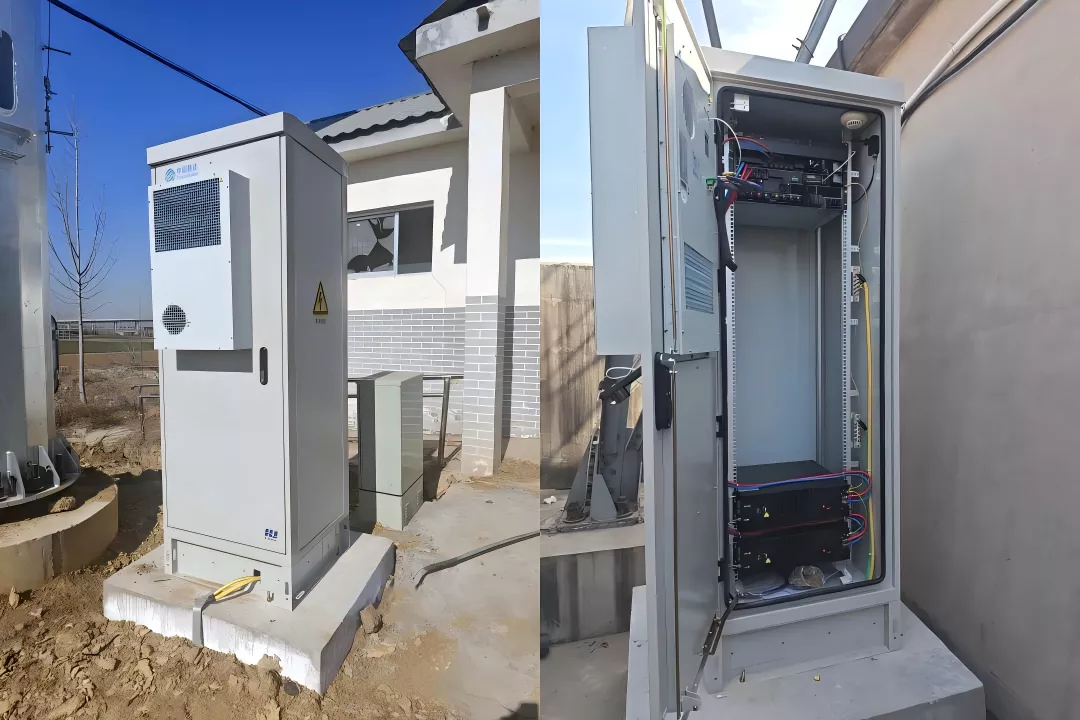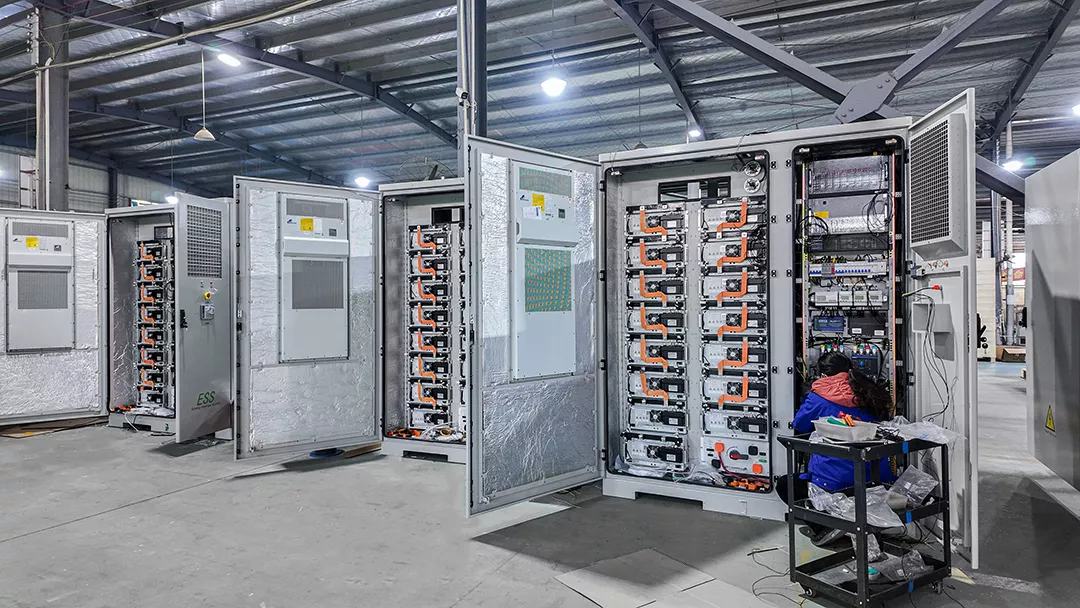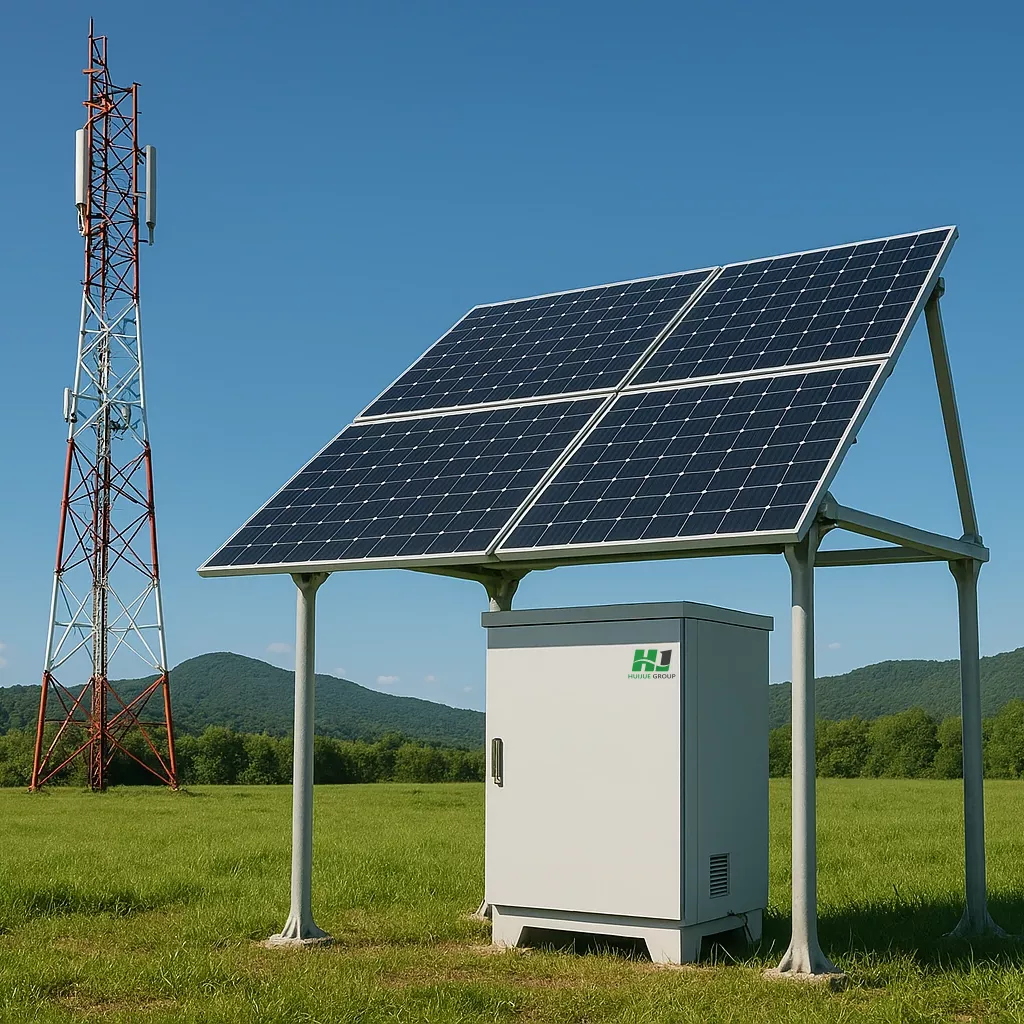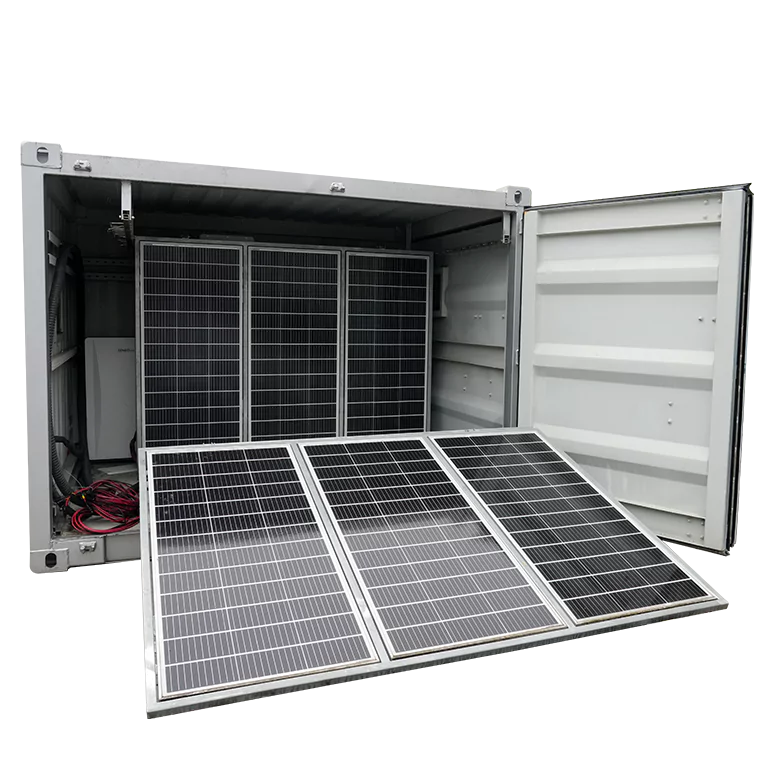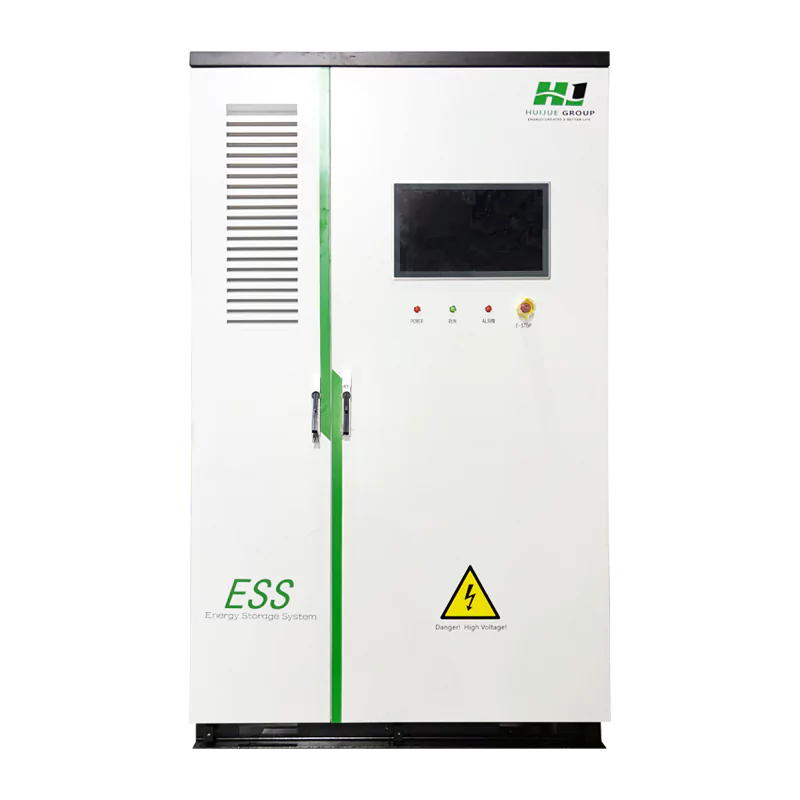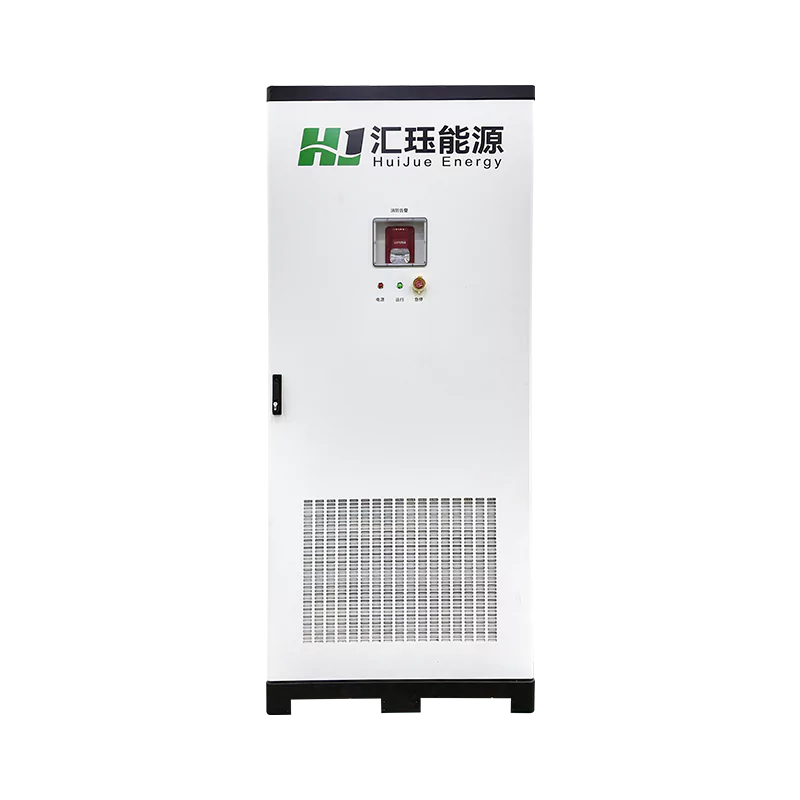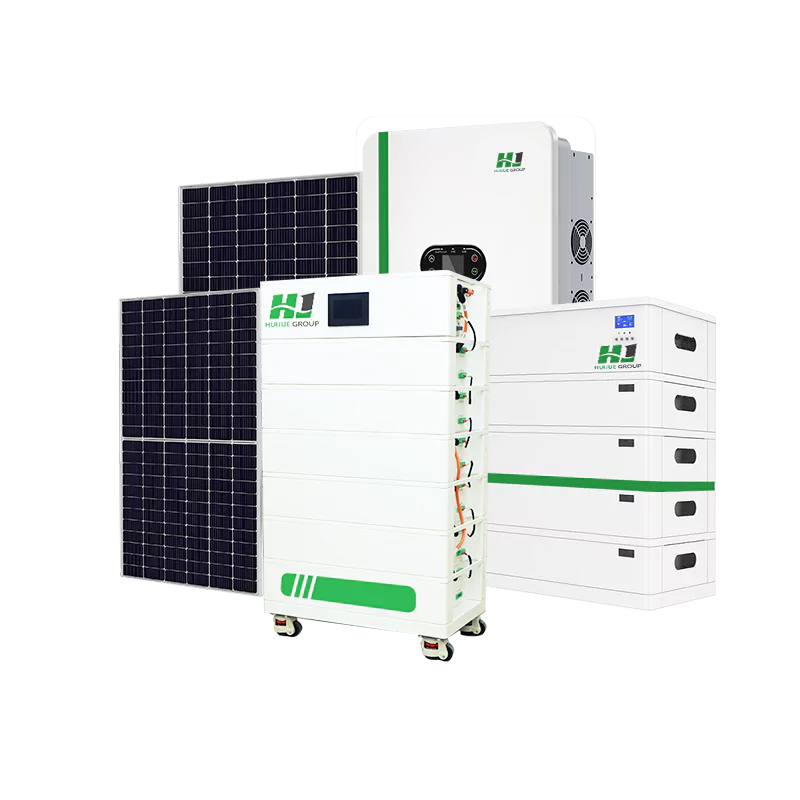How difficult are centralized photovoltaic projects?
Driven by the “dual carbon” goal, centralized photovoltaic projects stand out among many photovoltaic power generation projects and become an important growth point in the field of renewable energy. Centralized photovoltaic projects are characterized by large scale and high efficiency. But it is precisely because of the large scale that the development and construction process of centralized photovoltaic projects involves complex and diverse links, including site selection, equipment procurement, installation, commissioning and other links, and has technical, policy and environmental challenges.

- The process of development and construction of centralized photovoltaic projects
Preliminary investigation and site selection
The first step of a centralized photovoltaic project is site selection. It is necessary to evaluate the lighting conditions, topography, land properties and grid access distance of the site through technical means such as drone aerial photography and geological surveys.
For example, a 500MW photovoltaic power station in western Sichuan is located on a plateau above 4,000 meters above sea level. It not only needs to deal with complex terrain, but also needs to coordinate the relationship between herders’ grazing and project construction. Finally, by raising the bracket to more than 1.8 meters, the harmonious coexistence of “photovoltaic + animal husbandry” is achieved.
Land acquisition and formalities handling
Centralized photovoltaic projects involve large-scale land use, so land acquisition and various administrative approval procedures are required. This process not only involves negotiation and acquisition of land owners, but also requires compliance with relevant laws and regulations and completion of legal land use procedures.
Land acquisition and compensation: Developers need to reach an agreement with land owners to reasonably arrange compensation and land use issues to ensure the smooth acquisition of land resources.
Administrative approval: Developers need to submit project approval reports, environmental impact assessment reports, etc. to the local government to obtain necessary construction permits and approvals. This link is often affected by government approval processes and policy changes, which may cause certain time delays.
Construction implementation and engineering management
Civil engineering, equipment installation and grid connection commissioning need to be coordinated during the construction phase. In addition, technical details such as equipment selection (such as lightweight photovoltaic panels) and bracket design (wind and earthquake resistance) directly affect project efficiency and safety.
Grid connection and operation and maintenance
Grid absorption capacity is the core constraint of grid connection. Insufficient grid capacity and fluctuating power generation lead to absorption difficulties, and some areas are even listed as “red warning areas.” Supporting energy storage facilities to smooth the output curve; coordinating planning with power grid companies in advance to ensure access feasibility; and laying out integrated “source, grid, load and storage” projects are particularly important.
- Difficulty in the development of centralized photovoltaic projects
Difficulty in land use for projects
The first task in the development of photovoltaic projects is to find suitable land resources. However, the current scarcity of compliant land resources has become the primary factor restricting the development of photovoltaic projects. Especially in the central and eastern regions with developed economies and large energy demands, the competition for land resources is particularly fierce. At the same time, the excessive issuance of new energy indicators has further aggravated the tension of compliant land resources. This has caused many photovoltaic projects to fall into difficulties at the site selection stage, making it difficult to find enough compliant land for development.
Rising non-technical costs
With the rapid development of the photovoltaic industry, the proportion of non-technical costs in project development has gradually increased. Local governments are facing tight finances and have demanded industrial landing and resource matching, resulting in a significant increase in the development cost of photovoltaic projects. The sharp drop in equipment prices has been offset by non-technical costs and intermediary fees, which has severely compressed the profit margins of photovoltaic developers.
- Related cases
Sichuan Maerkang high-altitude photovoltaic project
The project is located in Dazang Township, Maerkang City, Aba Prefecture, at an altitude of 3,500-4,300 meters, with a total land area of 7,607 mu, a total investment of 2.198 billion yuan, and an installed capacity of 400,000 kilowatts. The project adopts double-sided double-glass components and fixed bracket technology, with two 220kV booster stations and 52.7 kilometers of transmission lines. The project’s income structure includes power generation income, carbon sink income and ecological additional income, with an annual net cash flow of 164.9 million yuan. The project faces extreme climate challenges in high-altitude areas. Through technological innovation and ecological compensation measures, the stable operation of the project is ensured.
Photovoltaic storage combined power station
The 50MW photovoltaic + 15MW battery energy storage combined power station is a large-scale commercial photovoltaic storage combined power station. The project solves the problem of transmission and consumption of large-scale centralized photovoltaic power generation through the photovoltaic storage combined power generation mode, and provides a demonstration for large-scale grid connection of new energy. Project operation data shows that the energy storage system plays an important role in reducing the amount of abandoned photovoltaic power generation and improving the quality of power.
Yumen Oilfield 200MW Photovoltaic Project
As the first centralized photovoltaic power generation project of PetroChina, the cumulative power generation of the Yumen Oilfield 200MW photovoltaic project has exceeded 1 billion kWh, marking new progress in PetroChina’s green energy transformation. The project has achieved unmanned operation through intelligent control and big data optimization of operation and maintenance strategies, and ensured timely grid connection by broadening the green electricity access channel.
- How difficult is the centralized photovoltaic project?
After reading the above content, looking back at the question at the beginning of the article, “How difficult is the centralized photovoltaic project?” It can be said that the difficulty is not small. To put it simply, there are too many things to take into account. From project establishment, site selection to construction, grid connection, and later operation and maintenance, each stage requires careful planning and execution. However, centralized photovoltaic projects are still an important development direction in the future energy field with their scale effect and sustainability advantages. For enterprises or individuals interested in developing photovoltaic projects, in-depth understanding of the entire construction process of photovoltaic projects and making full preparations are the key to success.


 +86 18006277103
+86 18006277103

